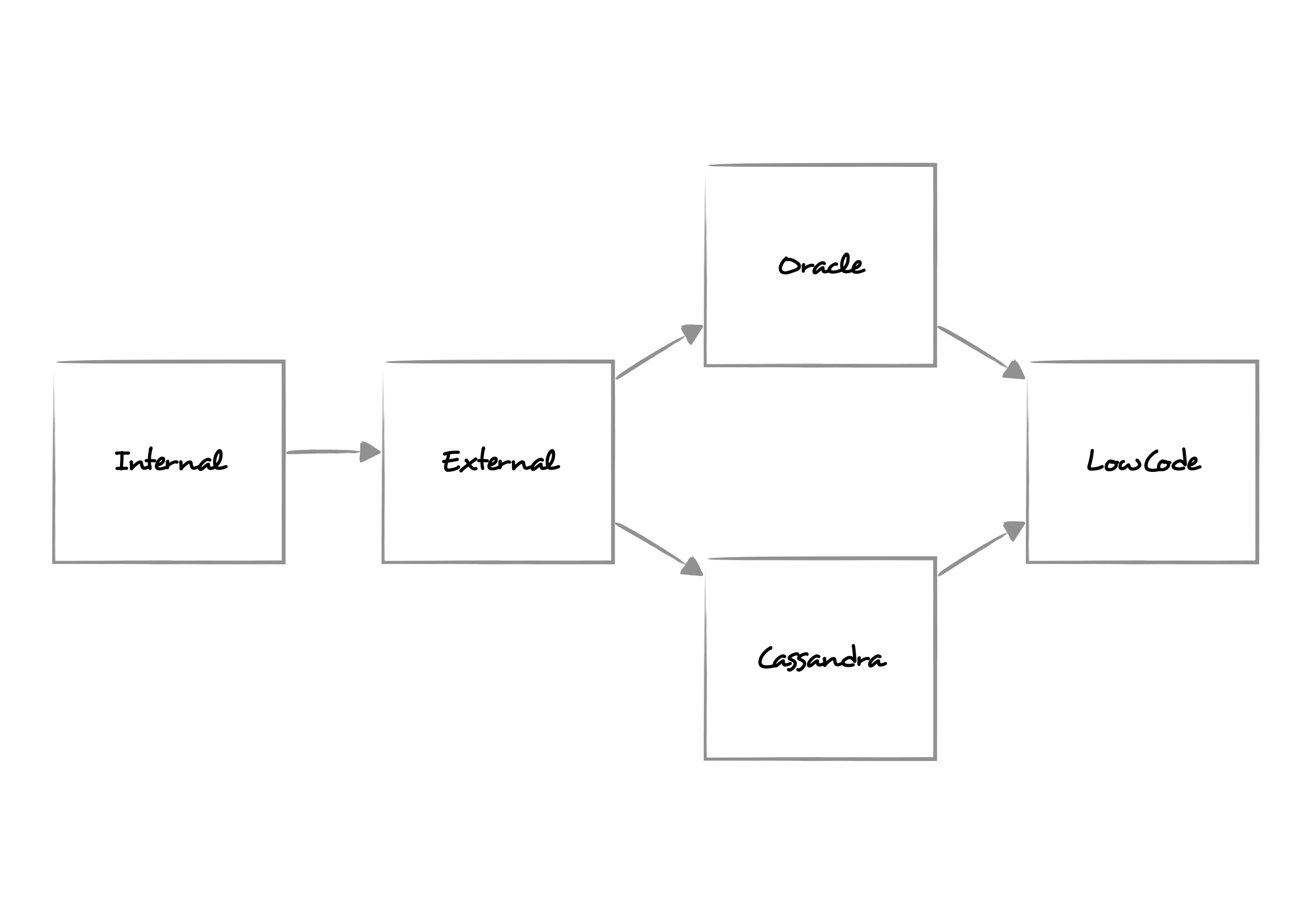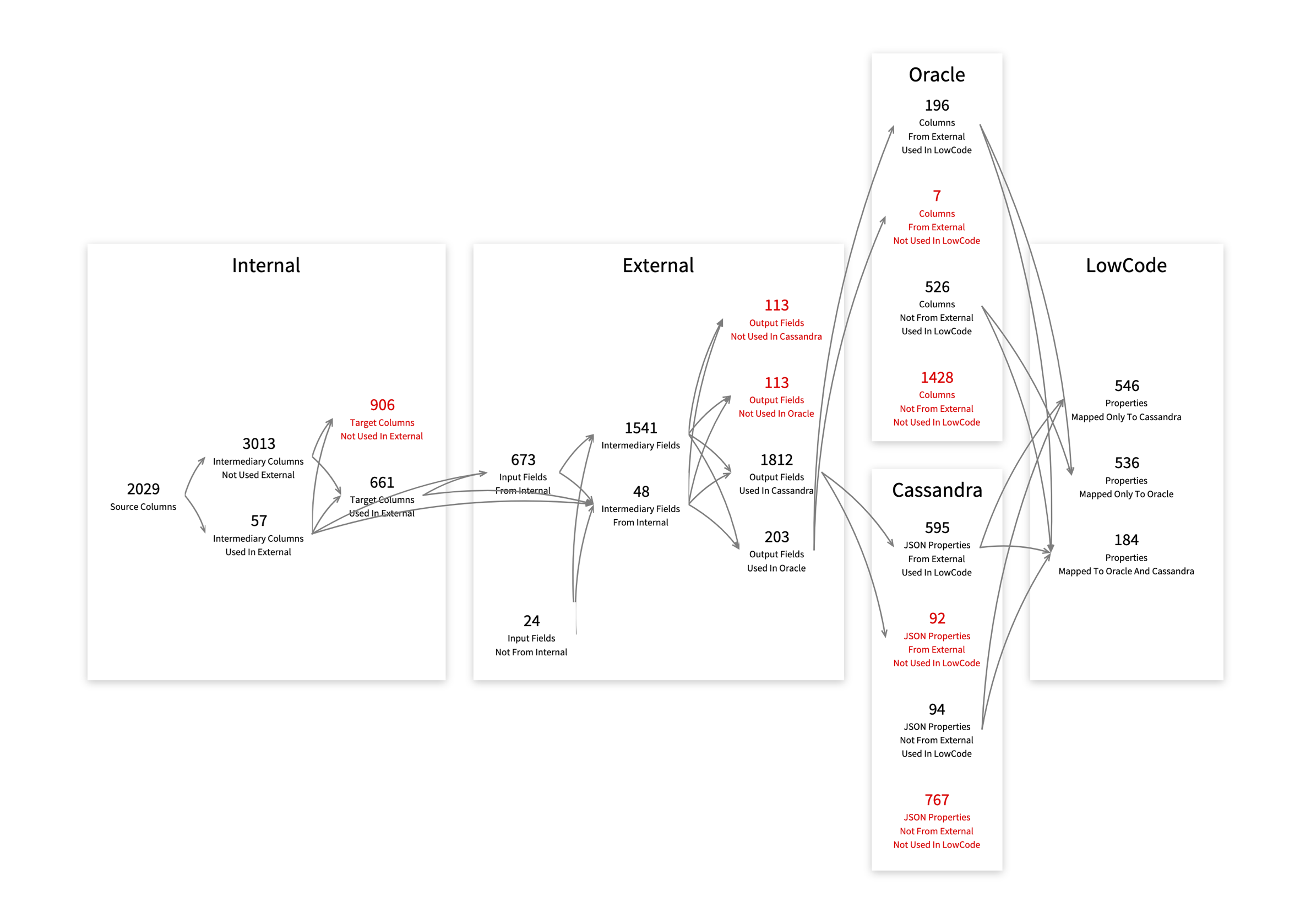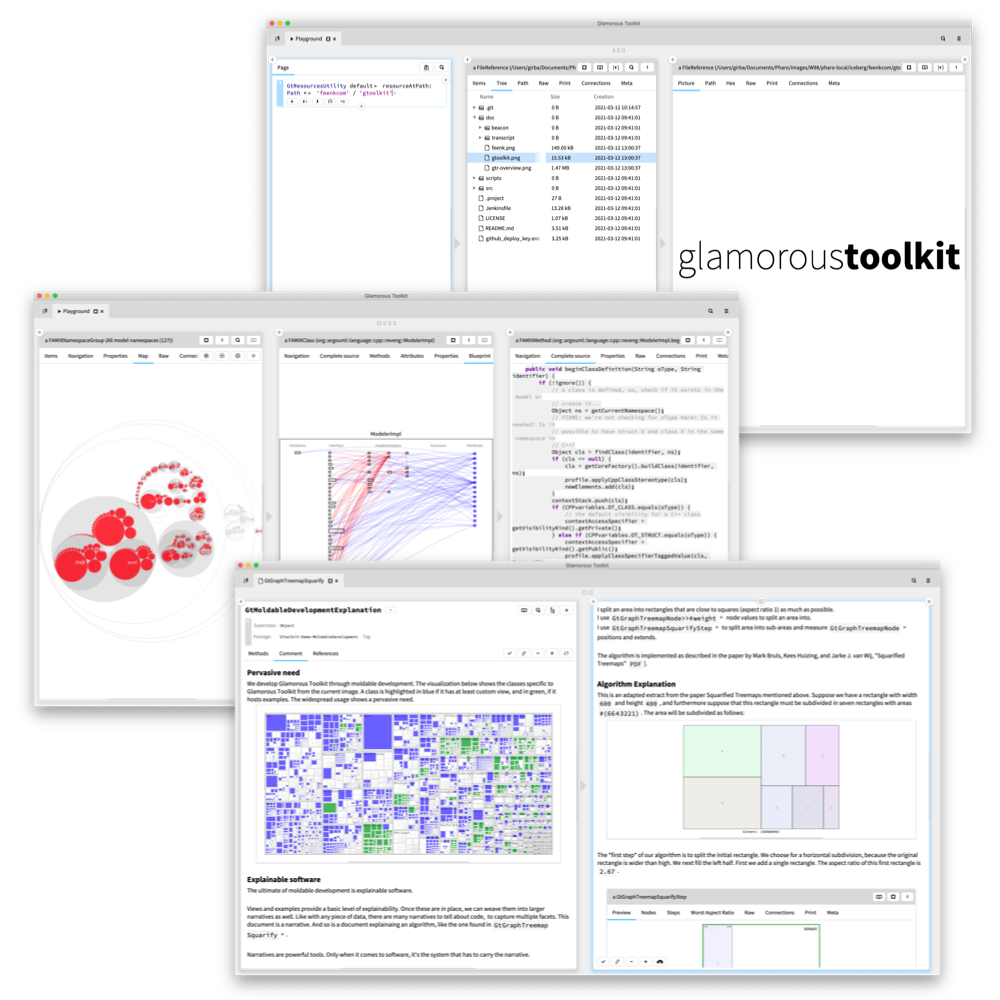We modernize your legacy systems
You want to leverage your unique legacy systems.
We first help you see your systems reliably.
Then we help you change your systems confidently.
See our approach in a large case study
Our approach is best seen in practice. Lifeware is a pioneer in software development and they leverage their technical excellence as a business competitive advantage. Today, they employ our approach and open source technology to build thousands of contextual tools that accelerate understanding and change in their 35M+ LOC system.
Watch Tudor Girba talk about how Lifeware steers their large system
Having a hard time changing your systems?
You are not alone. The problem is pervasive. The root cause is the very approach to understanding those systems: developers spend over 50% of their time trying to manually read through code. That's the largest chunk of the development budget. But since systems are too large to be read comprehensively, most information is inferred, leading to belief-based rather than fact-based decisions.
Answer system questions fast
Start with a system question.
Answer it by building contextual tools fast, often in minutes.
Tool help understand how things fit together in a system model.
As the model expands, you get to ask more questions.
Repeat until confident to make decisions.
Strategic adaptability
Decisions accelerate. You no longer wait on slow, uncertain investigations.
Costs drop. Half your development time and budget returns to innovation.
Risk shrinks. You act on facts, not assumptions.
Adaptability soars. Systems evolve at the speed of your business.
Manual pictures depict beliefs not systems
A manually drawn picture about an existing system does not depict the system. It depicts the author's beliefs about the system and should not be the basis for any decision. Instead, make it the job of the system to draw itself. This applies to any aspect in a system, including architecture, data pipeline, or domain workflows.

From manually drawn beliefs

To system-generated facts
A typical modernization journey
Identify the system problem
3 x 1h (free)
We start with workshops with business and engineering to identify the system problem.
We then link it to a business quantifiable problem to ensure sustained investment.
Assess the path to change
4-6 weeks
We explain your system accurately in record time and equip you to decide the best way forward.
You get a engineering tools dedicated to your system that give you accurate views to help you decide the course of action.
Steer the actual migration
6+ weeks
We work with you to transform the system.
We either transform it in parallel to your development, or we guide you to change it piecemeal.
You do not slow down development even in the short term.
What people say about us
We wanted to move a component that is considered off limits… We gave it to them … How did you guys do it in such a short amount of time? … We believe in your methodology.
Senior Technical Director, LamResearch.com
As Saloodo was transforming our MVP to a market ready product, feenk helped us with software assessments that shed accurate insight into the system that helped steer its development into the right direction towards building a robust, extendable and scaleable platform that could adapt to business requirements much faster.
CTO, saloodo.com
While thinking of a common code base for our software products we were going in circles not knowing where to start. The feenk team supported us not only with analysis tools but more importantly by coaching our teams how and where to start the restructuring and how this could become a feasible project to tackle. First steps have been taken to do analysis-based refactorings while still delivering features in parallel. We still have a long way to go but the initial hurdles are overcome!
Head R&D, dbaudio.com
Do we use AI?
What sets us apart is that we solve hard problems. To do this, we make extensive use of tools, including AI.
Do we work in your industry?
What about your specific technology?
We probably do. If not, we'll adapt quickly.
We worked with various domains including insurance, transportation, hospitality, semiconductors, data privacy, retail, automotive, and acoustics. And we worked with systems written in a variety of languages and technologies like Java/SpringBoot, C#, JS/Angular/React, Python, PHP, Smalltalk, C++, Qt, Delphi, COBOL, SQL, PEGA and even proprietary languages.
Why us?
We are uniquely qualified to cover the whole spectrum, from a single line of code to decisions made at the executive level.
Our work was validated for more than a decade of working with highly difficult problems in legacy systems in multiple domains.
Ready to start the modernization journey?
Take the first step toward transforming your legacy systems. Book a free 1-hour workshop with our experts.
Book your free workshop